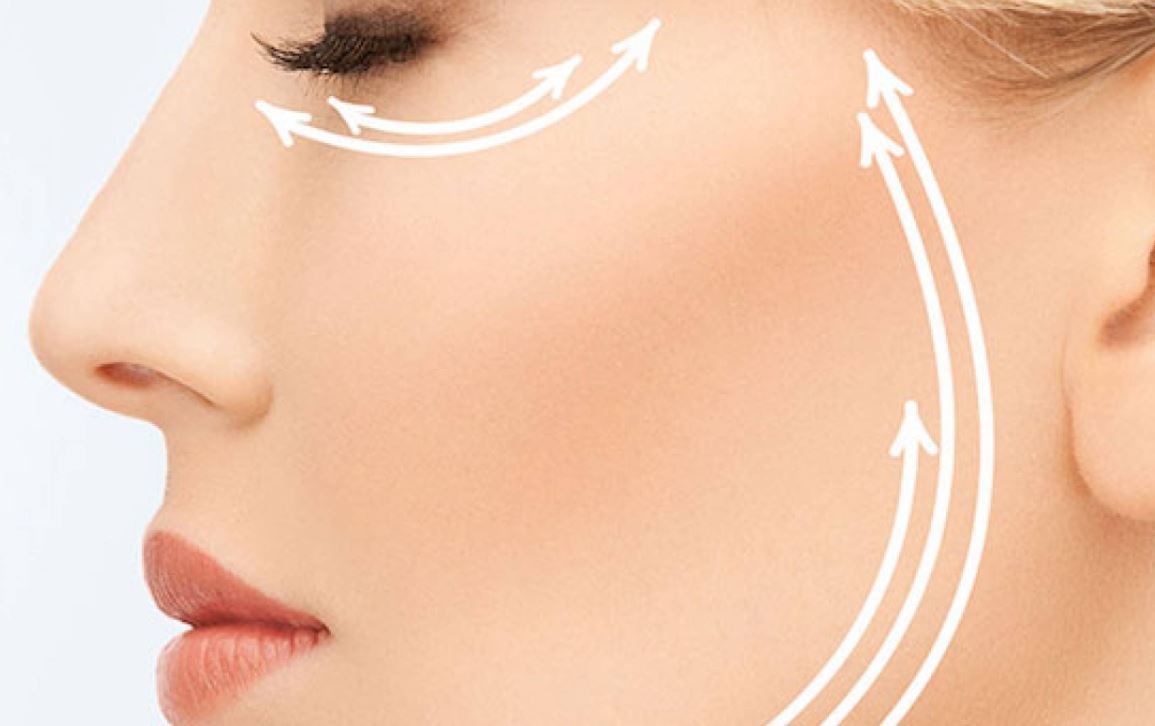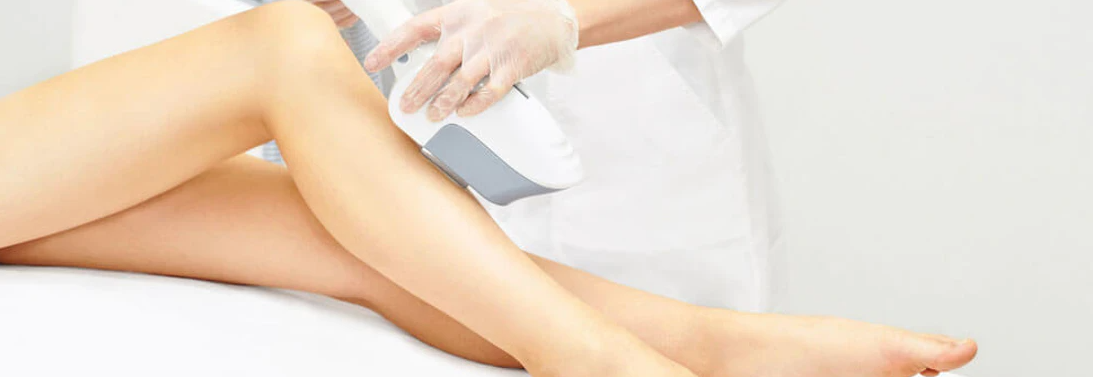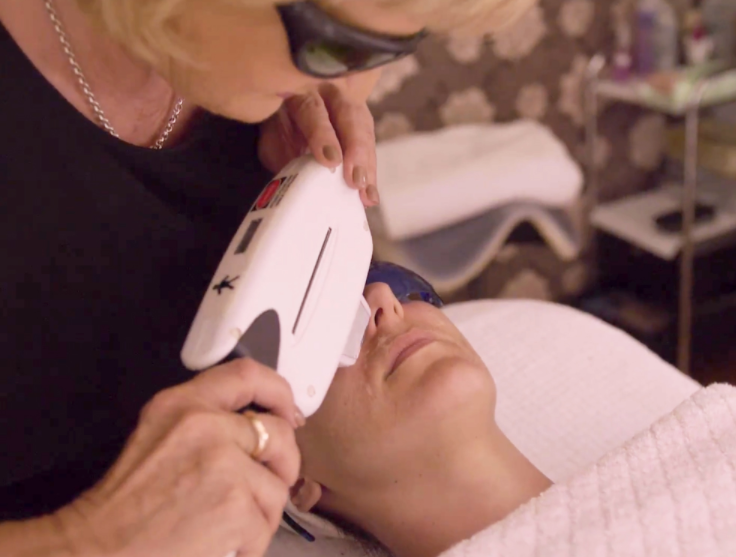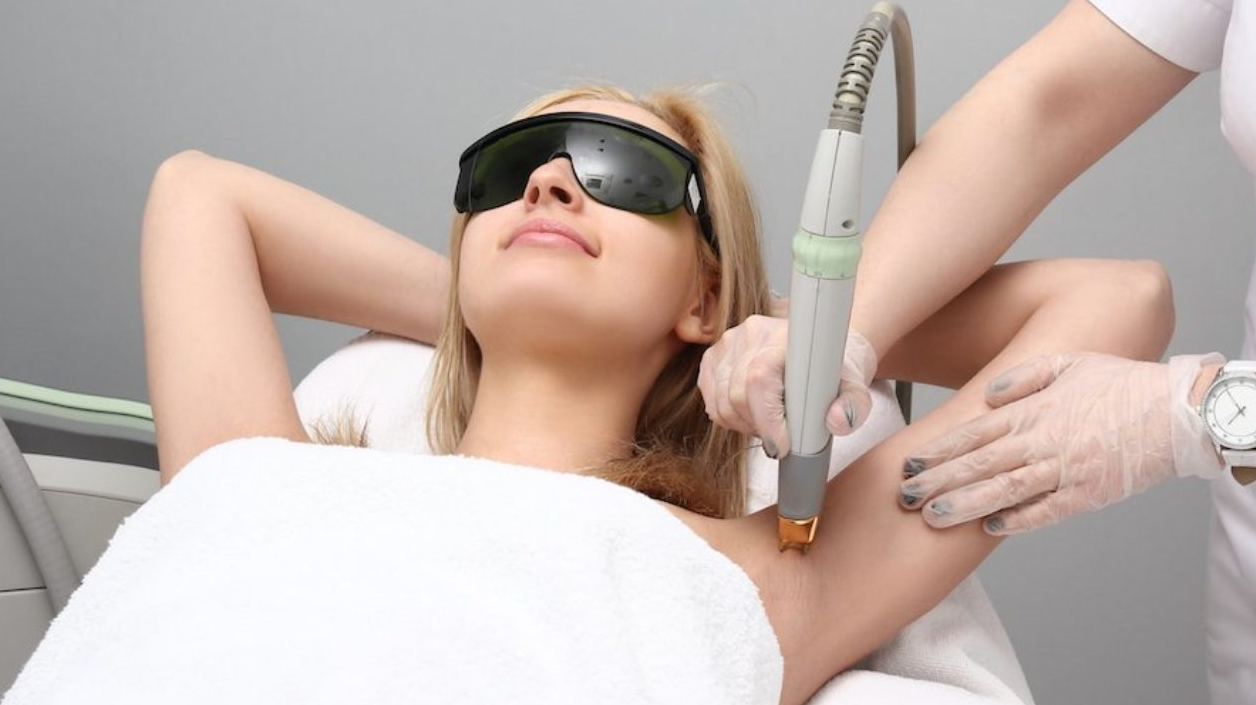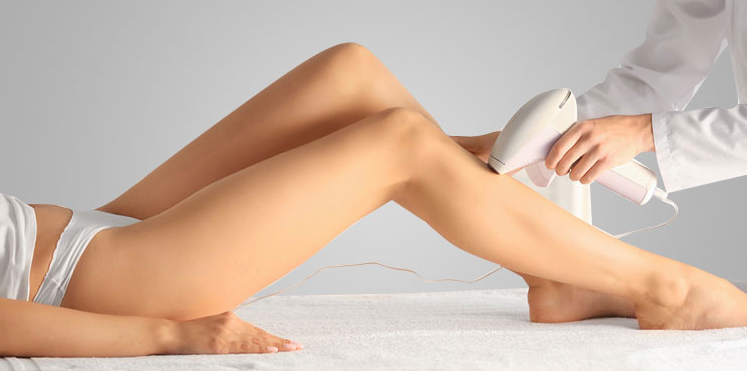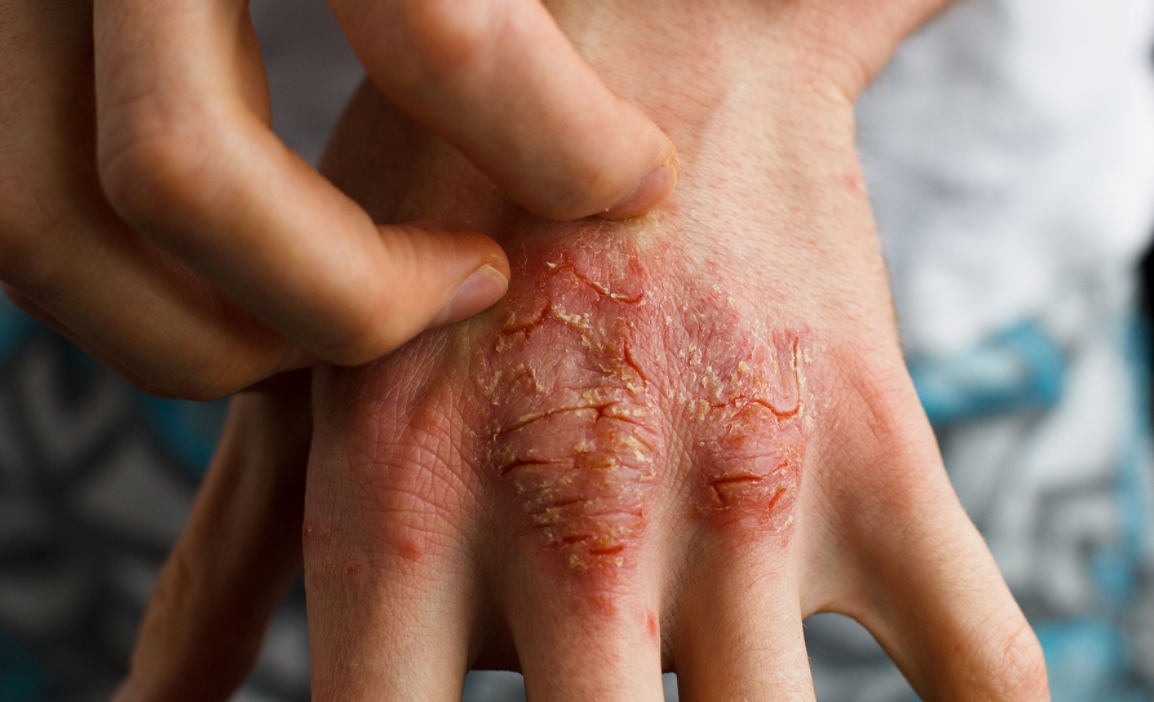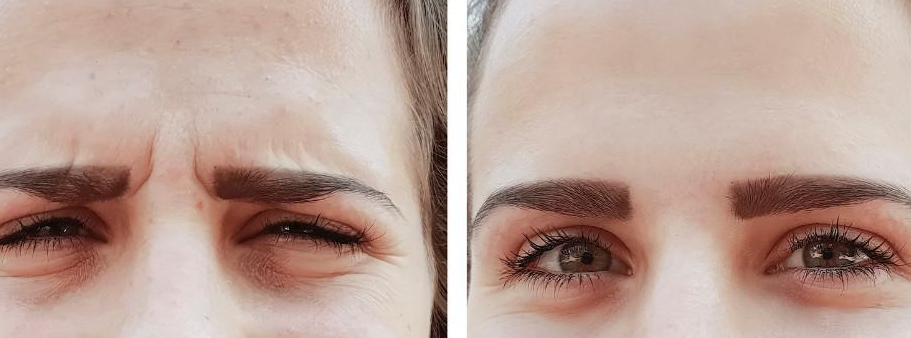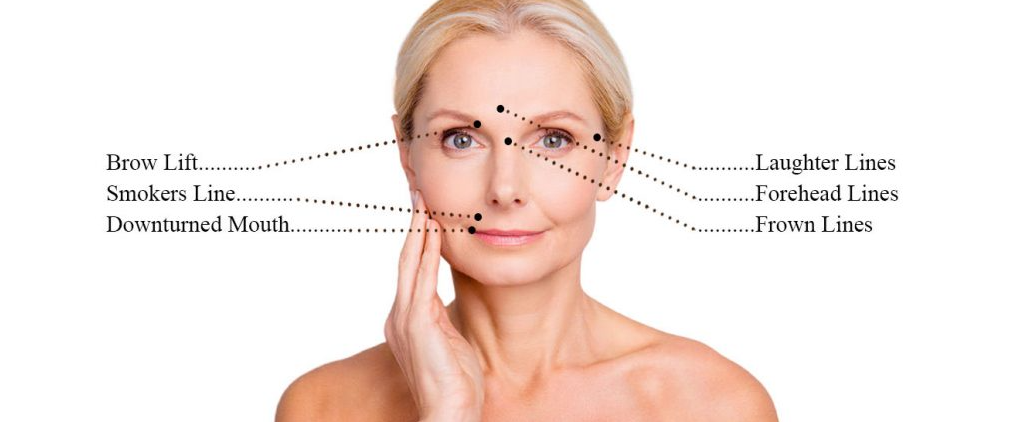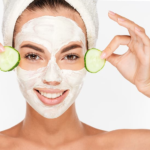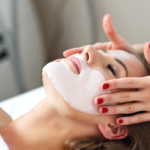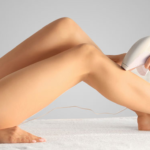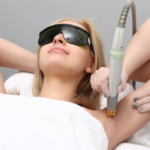Revitalise Your Look: The Latest in Non-Invasive Facelifts
Are you looking to revitalise your look without undergoing surgery?
Non-invasive facelifts might be the solution you’ve been searching for.
In this article, we will explore non-invasive facelifts, how they work, the different types available, and the benefits they offer.
We will also discuss who makes a good candidate for this procedure, the potential risks and side effects to be aware of, and how to prepare for a non-invasive facelift.
If you’re curious about achieving a more youthful appearance without going under the knife, keep reading to learn more!
What Is a Non-Invasive Facelift?
A Non-Invasive Facelift is a cosmetic procedure designed to revitalise and rejuvenate the skin, providing a more youthful appearance without plastic surgery. This innovative treatment utilises non-surgical techniques to enhance and refresh the skin’s radiance, offering natural-looking results that restore a youthful glow.
By employing cutting-edge technologies such as ultrasound, radiofrequency, laser therapy, and dermal fillers, this procedure works on a cellular level to stimulate collagen production, tighten facial muscles, and improve skin texture. These advanced techniques target specific areas of concern, such as fine lines, wrinkles, sagging skin, and uneven skin tone, delivering noticeable improvements without invasive measures.
Non-invasive facelifts are highly regarded for their minimal downtime, decreased risks, and capacity to deliver substantial rejuvenation with enduring effects, thus attracting individuals seeking safe and efficient skin rejuvenation.
How Does a Non-Invasive Facelift Work?
A Non-Invasive Facelift uses the latest technology and injectable fillers to target specific areas of the face affected by wrinkles, fine lines, and sagging. These advanced techniques help restore collagen, volume, and contours to provide a revitalising effect that reduces the signs of ageing.
By stimulating collagen production, these procedures not only smooth out wrinkles but also improve skin elasticity and firmness. The injectable fillers are carefully selected to add volume to areas that have lost fullness with age, such as the cheeks and jawline, resulting in a more youthful appearance. Contour enhancement techniques can sculpt the face for a more defined and lifted look without invasive surgery. This combination of technology and fillers offers a safe and effective approach to skin rejuvenation.
What Are the Different Types of Non-Invasive Facelifts?
Various types of Non-Invasive Facelifts offer rejuvenating and profound results without surgery. These options include contouring treatments that sculpt and tighten the skin, providing a non-surgical way to achieve a youthful transformation.
- These treatments are highly sought after because they can address signs of ageing, such as fine lines, wrinkles, and sagging skin.
- One popular non-invasive option is ultrasound therapy, which stimulates collagen production for improved skin elasticity.
- Another effective method is laser skin resurfacing, which targets damaged skin cells to reveal smoother and more radiant skin.
- Microcurrent facials are known for their muscle-toning effects, promoting a lifted appearance.
These non-invasive facelifts are favoured for their natural-looking results and minimal downtime.
What Are the Benefits of a Non-Invasive Facelift?
A Non-Invasive Facelift offers a range of benefits, including natural-looking results, rejuvenation, and a refreshed appearance. These innovative procedures provide safe and effective enhancements that revitalise the skin while maintaining a youthful glow.
By utilising advanced techniques such as laser therapy, radiofrequency, and ultrasound technology, Non-Invasive Facelift procedures stimulate collagen production, resulting in firmer skin. The non-surgical nature of these treatments means minimal downtime and reduced risks compared to traditional facelift surgeries.
Clients can enjoy the bonus of gradual improvements over time, achieving a more youthful and lifted look without invasive procedures. The subtle yet noticeable changes from these treatments make them popular for those seeking a natural and refreshed appearance.
No Scarring or Incisions
One of the key benefits of a Non-Invasive Facelift is the absence of scarring or incisions, making it a cutting-edge and non-disruptive procedure. This innovative technique ensures minimal risk and allows for a safe and effective rejuvenation process.

Utilising state-of-the-art technology such as ultrasound, radiofrequency, or laser energy, non-invasive facelift procedures can precisely target specific areas, promote collagen production, and enhance skin elasticity. Unlike invasive surgeries, these non-surgical methods offer a quicker recovery time and significantly reduce the chances of complications, making them a popular choice for individuals seeking to improve their appearance without undergoing extensive procedures. Patients can enjoy natural-looking results without worrying about visible scars or prolonged downtime.
Minimal Downtime
Another significant benefit of a Non-invasive Facelift is the minimal downtime it requires. With instant results and long-lasting effects, this approach allows individuals to resume their daily activities quickly while enjoying the rejuvenating outcomes of the procedure.
It is particularly advantageous for those seeking youth-boosting treatments without …
